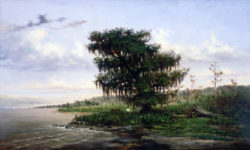Folklife

1873 Comus Parade
Mardi Gras of 1873 provided the occasion for a bold display of political commentary and costume artistrly by the Mystick Krewe of Comus.

Mardi Gras of 1873 provided the occasion for a bold display of political commentary and costume artistrly by the Mystick Krewe of Comus.
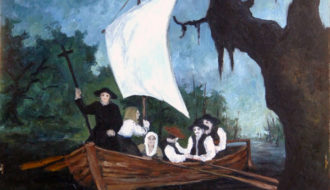
The Acadians, ancestors of present-day Cajuns, were people of French ancestry who settled in what is now Canada before migrating to Louisiana.
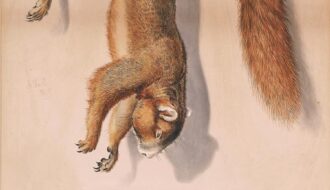
Italian-born sculptor Achille Perelli was an active participant in the New Orleans arts scene from 1850 to 1891.
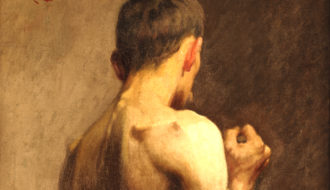
A native of Italy, Achille Peretti immigrated to the United States in 1884 following government repression of the First International, a leftist association of socialists and labor leaders to which he belonged.
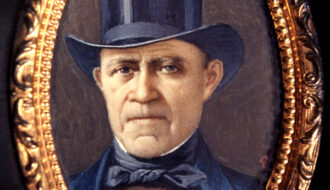
Adolph Rinck settled in New Orleans around 1840 where he was a successful portrait and miniature painter, art teacher, and sketch artist.
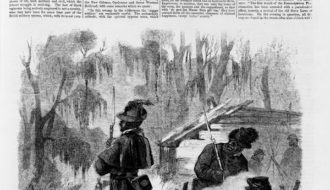
African Americans, both freed and enslaved, played critical roles in Civil War Louisiana.
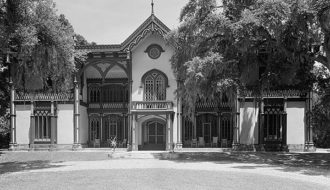
Only the gardens and fragments of foundations survive from the fire that destroyed the Afton Villa plantation house in 1963.
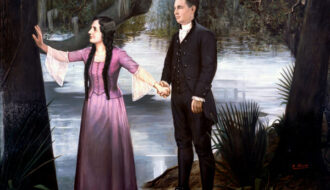
Alexandre Alaux, born in France in 1851, came to Louisiana at the age of six. After studying in Europe, Alaux returned to Louisiana, where he painted with his children until his death in 1932.
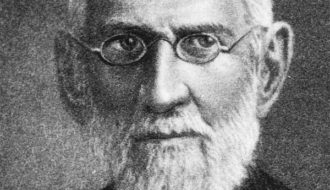
Alexandre Mouton, the first Democratic governor of Louisiana, served from 1843 to 1846.
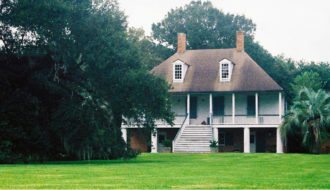
In 1961, the upper floor of this house was floated by barge along Bayou Teche from its original location in St. Mary Parish, which was being developed as a subdivision.
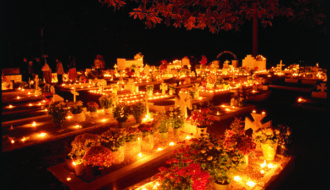
All Saints Day or All Hallows Day is a Catholic tradition honoring the saints and also deceased family members each November 1.
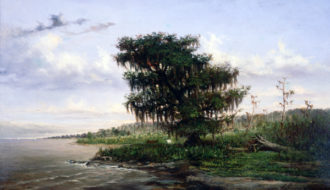
Born in Gibraltar, Andres Molinary settled in New Orleans in 1872 and became an active leader and teacher in the art community.
One-Year Subscription (4 issues) : $25.00
Two-Year Subscription (8 issues) : $40.00
